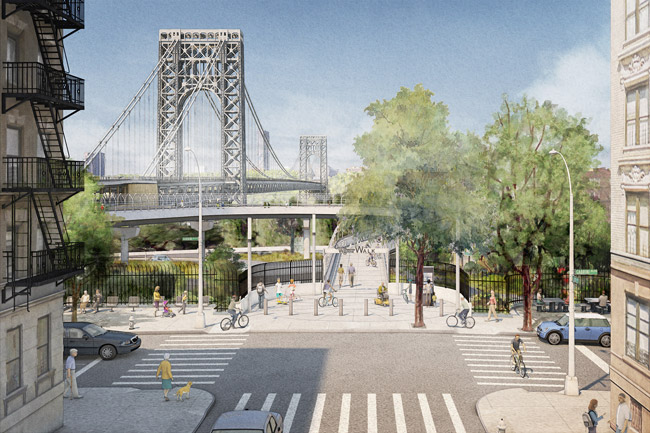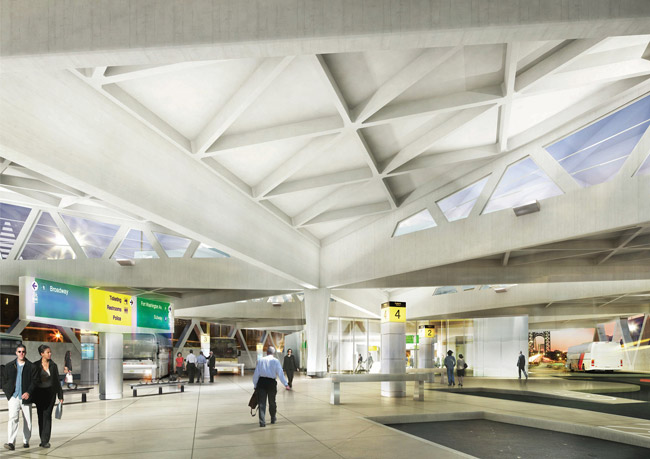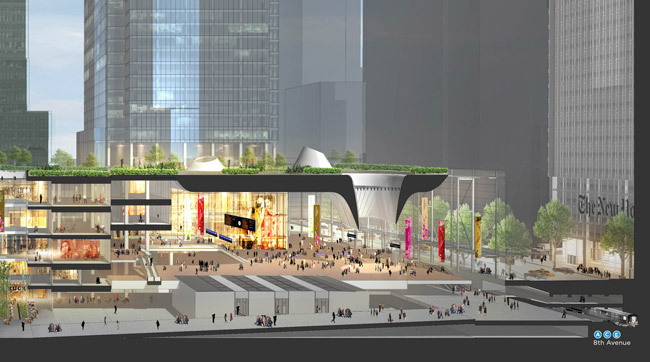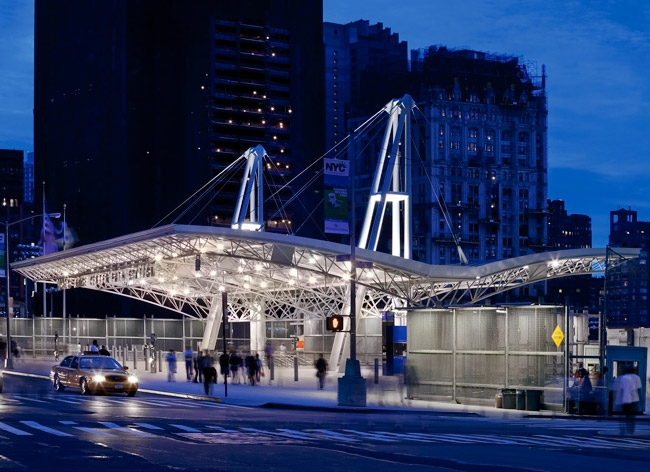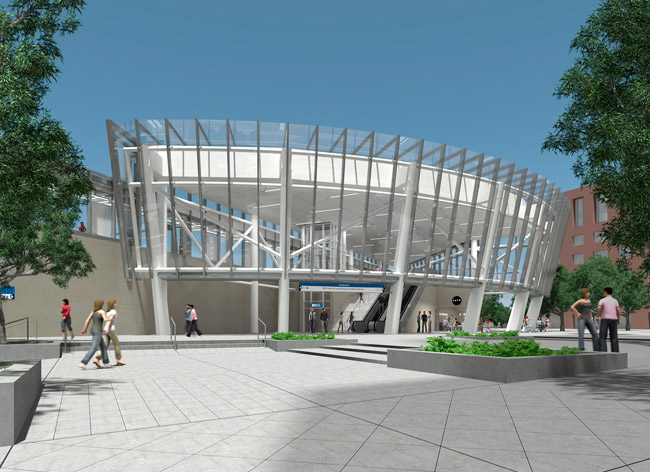by: AIA New York Chapter
As chief architect of the Port Authority of New York and New Jersey (PANYNJ), the leadership and advocacy of Robert Eisenstat, FAIA, LEED AP, have raised the standards of design excellence for transportation and infrastructure projects and increased the stature of architects in the public realm. PANYNJ is acknowledged globally for its prominence in shaping the region’s built environment and for its direct impact on the lives of the millions who live in, commute through, and visit the New York Region.
The 2017 Jury of Fellows of the AIA elevated Eisenstat to its prestigious College of Fellows in the fourth category of Fellowship, which recognizes architects who have “Made the profession of ever-increasing service to society,” according to the AIA’s definition of Fellowship. Now among the AIA membership’s three percent distinguished with Fellowship and honorary Fellowship, Eisenstat was honored at the New Fellows Reception hosted by AIA New York last month and will also be recognized at an investiture ceremony at the AIA Conference on Architecture 2017 later this month in Orlando.
Q: What is a favorite project you’ve worked on?
A: My most memorable project has to be the World Trade Center. Working with Chief Architect Robert Davidson as a cathartic response in the initial years after 9/11, we collaborated with a multitude of colleagues to design the initial public spaces and transportation infrastructure at the site—the Viewing Wall at Church Street and the Temporary PATH Station. We also developed the transportation master plan for Lower Manhattan, which formed the foundation for the World Trade Center Master Plan by Daniel Libeskind, the World Trade Center Transportation Hub by Santiago Calatrava, and Fulton Center by Grimshaw Architects. It’s great to see our planning efforts coming to fruition, and true to the original intent.
Q: Who do you most admire?
A: I was fortunate to work with and befriend Luiz Paulo Conde, Arquitecto, in Rio de Janeiro in the late 1980s. Conde had an American-style office of about 50 staff, was the Dean of the School of Architecture at the Federal University, and later became the mayor of Rio de Janeiro. Conde was a great mentor, with a love for his city and country that epitomized a dedication to public benefit.
Q: What are you working on right now?
A: We have a number of important projects in varying stages of development. The George Washington Bridge Bus Station should open in the 1st or 2nd quarter of this year. The George Washington Bridge Access Path project will begin construction this year, and will have approximately a seven-year duration. The PATH Station in Harrison, NJ, is currently under a phased construction, with the eastern station houses expected to open in 2018. And then there are the mega-projects that we will collaborate on, including Terminal A at Newark Liberty International Airport, the Port Authority Bus Terminal, and PATH to Newark.
Q: What does being a Fellow mean to you?
A: Fellowship is an incredible honor and recognition by one’s peers for significant accomplishments. I also feel it is an acknowledgement of the Port Authority of New York and New Jersey. I have been working with this agency over the past 26 years, and it consistently promotes quality in design and public service. It is clear that Fellowship comes with a certain responsibility as well, including mentoring and service to the public. Hopefully that means just a continuation of what I like to think I do on a regular basis.
Editors’ Note: This feature is part of a series celebrating the 18 members of the American Institute of Architects (AIA) New York Chapter that have been elevated to the prestigious AIA College of Fellows in 2017, an honor awarded to members who have made significant contributions to both the profession and society. Learn more about Fellowship here.








